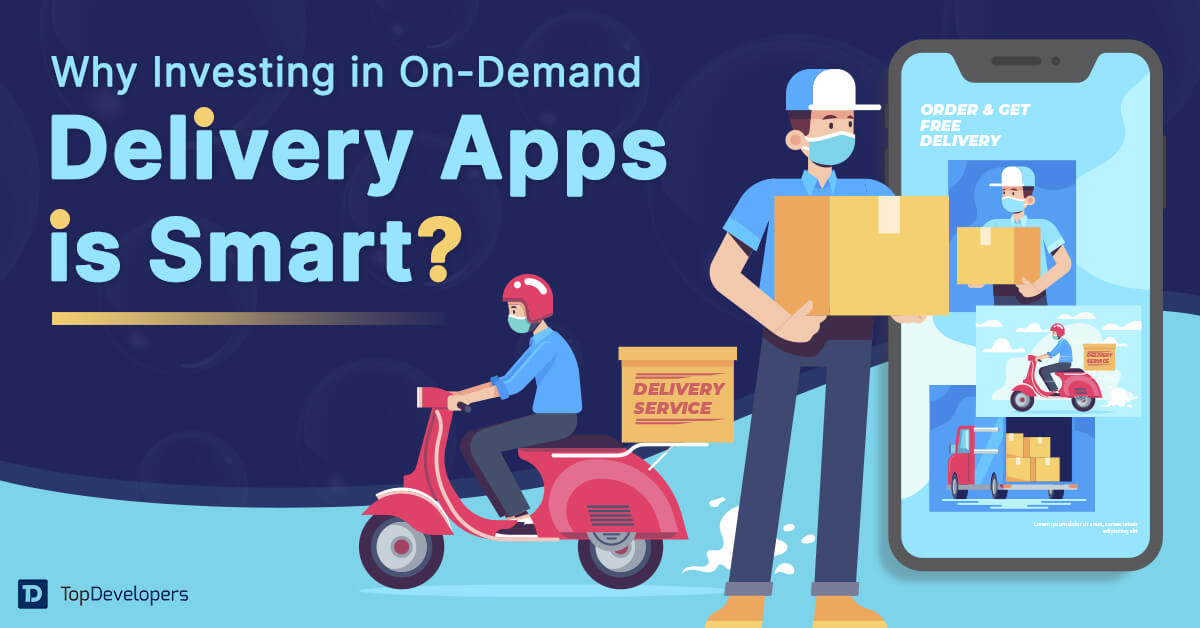
Navigation is a crucial component of mobile app UI/UX design. It’s the path that guides users through your app’s features, helping them find what they need quickly and efficiently. Poor mobile app navigation design can lead to frustrated users, higher bounce rates, and ultimately, lost opportunities. Whether users are browsing products or engaging with content, smooth navigation enhances their journey, making the app more enjoyable and easier to use.
Good user interface design is about making interactions simple, fast, and intuitive. Mobile app navigation plays a key role in this by providing an organized, seamless user journey. Optimizing this aspect of your app is critical, as it directly influences how users engage with features and ultimately impacts your app’s success.
Optimized mobile app navigation does more than just improve the look of your app. It enhances the user experience (UX) and contributes to increased conversion rates by guiding users toward the desired actions more efficiently. A smooth navigation experience builds user trust and leads to higher user retention. When users can quickly and easily find what they’re looking for, it encourages them to stay longer, engage more, and take action, whether it’s purchasing, subscribing, or simply interacting with your app.
Optimizing navigation in your app ensures that it can stand out from competitors in a crowded market. With the right design, you can boost user retention, increase conversion rates, and ultimately drive business success.
In this post, we’ll walk you through proven, actionable strategies to optimize your mobile app navigation. Whether you’re a designer, developer, or business owner, this guide will help you enhance user interface design and improve your app’s usability, ensuring it delivers a smoother, more intuitive experience. The result? Higher engagement, greater satisfaction, and more conversions.
Table of Contents
Keep Navigation Simple and Intuitive
Prioritize Key Actions
Effective navigation in mobile application is all about clarity and simplicity. By focusing on the mobile app features that your users rely on most, you can streamline the experience and avoid overwhelming them. Limit the main navigation menu to the essential actions or sections. This prevents users from feeling lost or confused, especially when interacting with your app for the first time.
- Example: In an e-commerce app, the main navigation menu could include “Home,” “Browse Products,” “Cart,” and “Profile.” Keep it simple and ensure these actions are easy to access from anywhere within the app.
Minimize Clutter
Too many options or complex layers in your app’s navigation can create confusion and make it harder for users to find what they need. Progressive disclosure is a great strategy here: only show information when it’s needed.
- Avoid overcrowding the screen with too many buttons or links. This will not only reduce cognitive load but also make your app feel more user-friendly.
- Clean, minimal navigation means a better mobile app user experience, which can significantly impact user satisfaction and engagement.
Use Familiar Icons
Sticking to widely accepted icons helps users immediately recognize functions. Standard icons, such as a magnifying glass for search or a cart for shopping, are familiar to most mobile app users and don’t require additional explanation. This leads to a smoother user interaction and improved navigation efficiency.
- Ensure the icons are easily understandable, even for first-time users. Clear, universally understood icons make the user journey seamless, preventing frustration or confusion.
Clear Labels
Use simple and clear text labels for your mobile app navigation options. Avoid jargon or complex terms that could confuse users. Labels should immediately communicate the action the user is about to take.
- Example: Instead of using generic terms like “Services,” use specific labels like “Browse Products” or “Search Items” to make the action crystal clear.
Contextual Help
Offering additional guidance, such as tooltips or small information icons, can help users understand how to use features that may be less obvious. This type of assistance ensures users never feel lost while navigating the app.
Implement a Logical Hierarchy
Categorize Information Effectively
A clear information hierarchy is essential to help users find what they need quickly. Group related content into logical sections and sub-sections so users can easily scan the navigation options and make decisions.
- Example: Group features like “Profile,” “Settings,” and “Notifications” under one category called “User Management” in the navigation bar. This makes it easier for users to find everything related to their account in one place.
Follow User Expectations
Following UI/UX design principles that users are already familiar with ensures that your mobile application feels intuitive. Design mobile app navigation systems that align with established patterns, such as using bottom navigation for core app sections (Home, Search, Profile). This makes it easier for users to adopt your app quickly.
- Example: For an e-commerce app, a bottom navigation bar may include “Home,” “Browse,” “Cart,” and “Profile,” reflecting a common and easy-to-use pattern.
Breadcrumbs for Deep Navigation
For apps with deeper navigation, such as e-commerce or content-heavy apps, breadcrumbs can help users track their path within the app and easily navigate back to previous pages.
- Example: In an e-commerce app, breadcrumbs like “Home > Men’s Clothing > Jackets > Leather Jackets” allow users to quickly trace their journey and make adjustments to their search or shopping journey.
Mobile-First and Responsive Design
Design for Small Screens
Given that users will be interacting with your app on mobile devices, your app navigation should be optimized for small screen sizes. Avoid horizontal scrolling, as it’s difficult for users to navigate. Instead, prioritize vertical navigation that naturally flows with the mobile screen size.
Touch-Friendly Elements
Mobile users interact with apps through touch, so all interactive elements should be large enough to tap comfortably. Buttons should be well-spaced, and touch targets should be big enough for quick and accurate tapping.
Speed and Performance Optimization
Reduce Load Times
Slow loading times can lead to poor user experience (UX) and high bounce rates. Ensure that your app’s navigation loads quickly so that users don’t have to wait for menus or actions to appear.
Smooth Transitions and Animations
While animations can enhance the user experience, make sure they are smooth and don’t slow down the app. Avoid using heavy animations that can lead to a laggy navigation experience.
Leverage Analytics for Continuous Improvement
Use app analytics tools to monitor how users interact with your navigation system. This data can help you identify bottlenecks, drop-off points, and areas where users may be struggling. By analyzing this data, you can continuously improve your mobile app’s navigation to keep up with user expectations and increase engagement.
Conclusion
Optimizing mobile app navigation is an ongoing process that involves thoughtful design, clear hierarchy, and continuous testing. By following the best mobile app UI/UX design trends, prioritizing key actions, and minimizing unnecessary complexity, you can create a seamless navigation experience that enhances user engagement, increases retention, and ultimately boosts conversion rates.
Start implementing these strategies today to make your app not only more user-friendly but also more competitive in the market. A well-optimized user interface design can help your app stand out, ensuring users return time and time again. If you’re looking to bring these strategies to life, partnering with mobile app development companies that specialize in intuitive design and seamless user experience can make all the difference in crafting an app that users love and engage with.
 Avantika Shergil
| Dec 4, 2024
Avantika Shergil
| Dec 4, 2024
Avantika Shergil is a technology enthusiast and thought leader with deep expertise in software development and web technologies. With over 8 years of experience analyzing and evaluating cutting-edge digital solutions, Avantika has a knack for demystifying complex tech trends. Her insights into modern programming frameworks, system architecture, and web innovation have empowered businesses to make informed decisions in the ever-evolving tech landscape. Avantika is passionate about bridging the gap between technology and business strategy, helping businesses build customized software and website, and understand about different tools to leverage effectively for their ventures. Explore her work for a unique perspective on the future of digital innovation.





